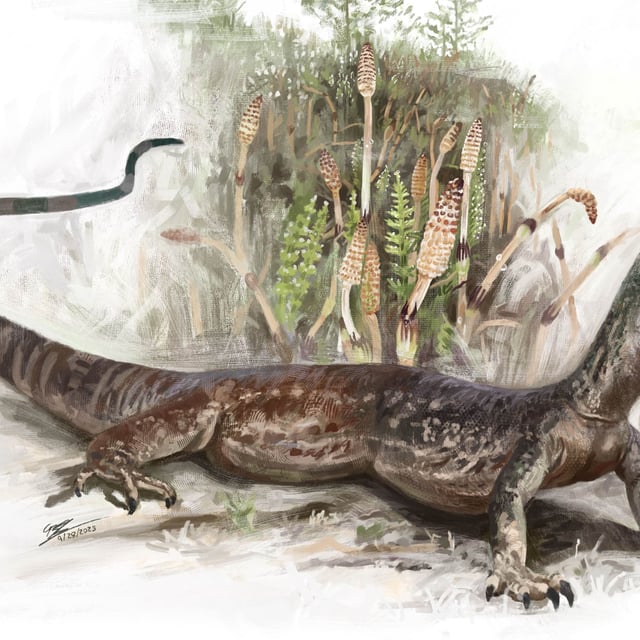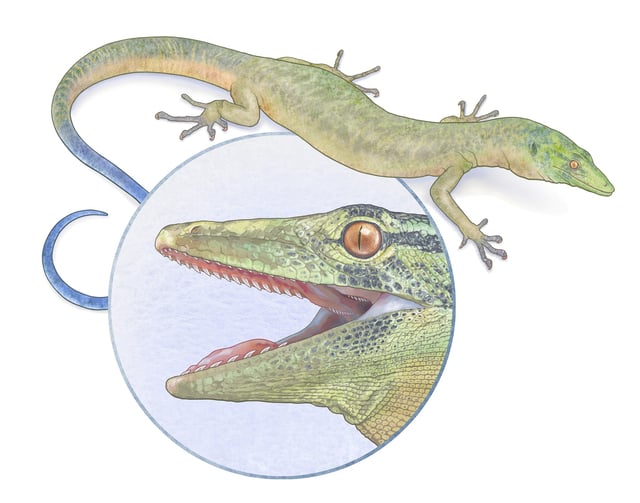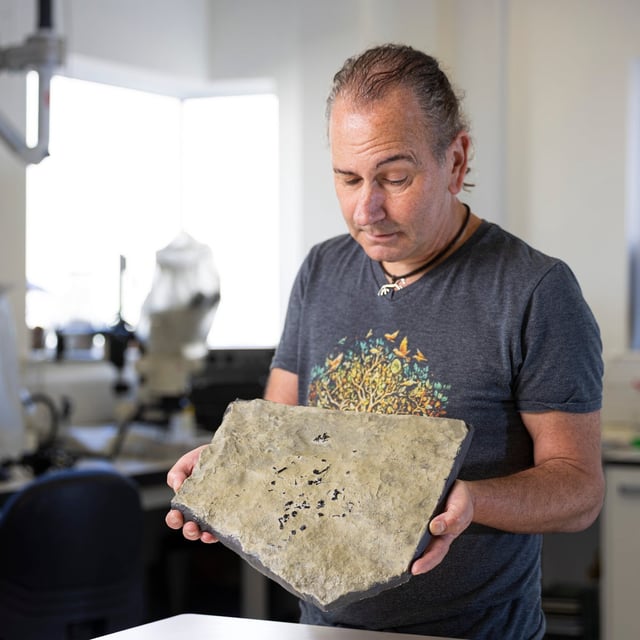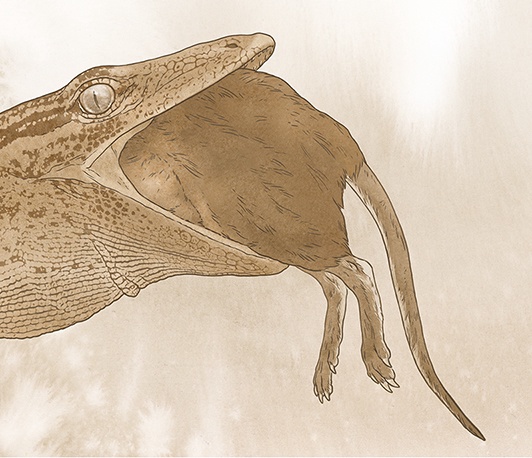Overview
- The species, Breugnathair elgolensis, is formally described from the Isle of Skye and is among the oldest relatively complete squamate fossils.
- Researchers assign it to Parviraptoridae, providing the first near-complete reference for a group previously known mostly from fragments.
- Phylogenetic analyses yield conflicting results, placing parviraptorids either near early toxicoferans (potentially close to snake origins) or as stem squamates with convergent snake-like traits.
- The disarticulated skeleton was found in 2015 by National Museums Scotland’s Stig Walsh and reconstructed over nearly a decade using CT and synchrotron X‑ray imaging at ESRF.
- About 41 cm long with strongly recurved, python-like teeth, the animal likely preyed on small vertebrates, underscoring mosaic evolution during early squamate diversification.



